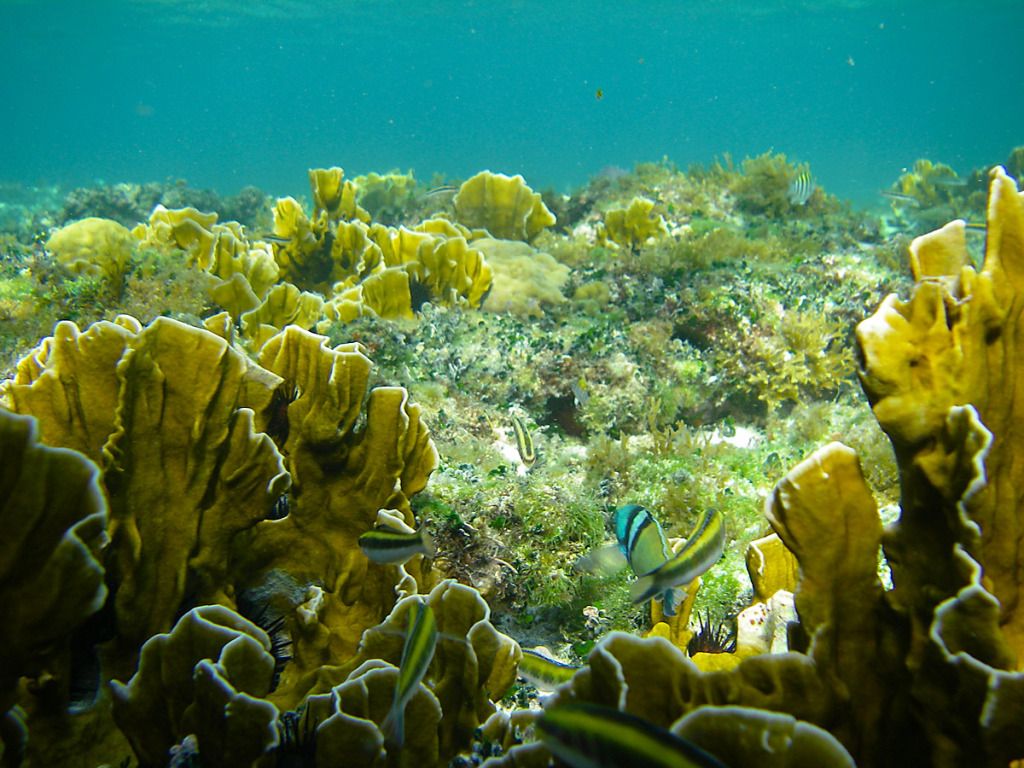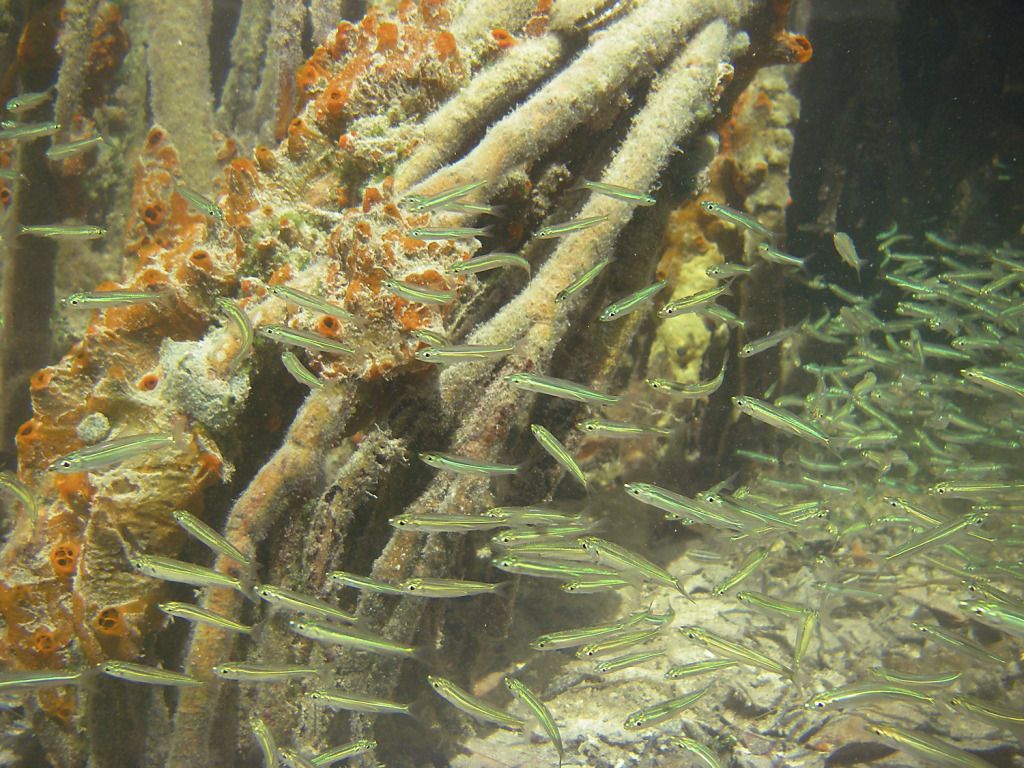
 |
|
||||||||
| Portal | PhotoPost Gallery | Register | Blogs | FAQ | Members List | Calendar | Search | Today's Posts | Mark Forums Read |
 |
|
|
Thread Tools | Display Modes |
|
|
|
#1
|
|||||
|
|||||
|
Oops sorry I got confused that is not my tank after all, that is snorkelling in Cuba…
 |
|
#2
|
||||
|
||||
|
Quote:
I went snorkelling in cuba and it was amazing. The snorkel guide took me like a KM out and we swam through huge live rock structures full of sps. On the ocean floor was a brain coral that had to have been 3 feet wide, it made me realize that even our biggest coral are just frags in the ocean. Coral are huge in real life...lol Also saw a black trigger fish, the thing had to have been 18 inches long! They were huge and really mean looking. Man I want to go back now! |
|
#3
|
|||||
|
|||||
|
Quote:
I know what you mean about big corals, on the Great Barrier Reef in Aus you are swimming over endless fields of coral. Brains the size of cars etc. Last edited by soapy; 01-19-2016 at 11:09 PM. |
|
#4
|
||||
|
||||
|
Looks just like snorkelling in Cabo...
You can def see why the LR from Cuba is so dense. |
|
#5
|
|||||
|
|||||
|
The picture is of an inshore reef so it is likely has a higher 'bioload' plus I don't recall seeing a lot of large herbivores, maybe it was a bit fished out around there.
On the bright side my tank now looks just like a real reef! |
|
#6
|
||||
|
||||
|
Reefs in the wild usually have algae, we just don't like to see it in our tanks. Its totally natural though for sure.
|
|
#7
|
|||||
|
|||||
|
That was at Cayo Santa Maria. One cool thing we did there is we walked out to a bridge on the highway that crosses the lagoon / mangrove flats and went snorkelling in there. We were swimming over thousands upon thousands of jellyfish and saw a bunch of other cool things.
 |
|
#8
|
||||
|
||||
|
I watched a documentary about how some reefs, such as around Cuba, are getting overgrown with algae because all the big fish have been caught for human consumption and every year the fish in the marketplace are getting smaller. So overfishing is contributing to the amount of algae taking over some areas. That and I'm sure the spread of the lionfish into these non-native waters doesn't help since these voracious feeders remove a huge percentage of juvenile fish from having a chance to grow up and repopulate the reefs. Its sad really.
One of my bucket list items is to go snorkeling in a coral reef that is still relatively natural and not so altered by human activity. Better do this sooner rather than later I guess. Friends who have been snorkeling in the Caribbean for decades tell me that the changes they have seen over time have been nothing less than heartbreaking. From massive swathes of pristine reefs populated by dozens of species of corals and tens of thousands of fish, to swimming through areas that look very much like what your photograph depicts (lots of algae, a handful of hardy corals and almost no fish. |
|
#9
|
|||||
|
|||||
|
Actually I was just flipping back through my photos and there were lots of big tangs there. It wasn't too bad for algae really.
|
|
#10
|
|||||
|
|||||
|
Checked today and the reefs off maui look pretty good , tons of tangs , huge morish idols but not too many yellow tangs around mostly convics , koles , and lavenders .
|
 |
| Thread Tools | |
| Display Modes | |
|
|